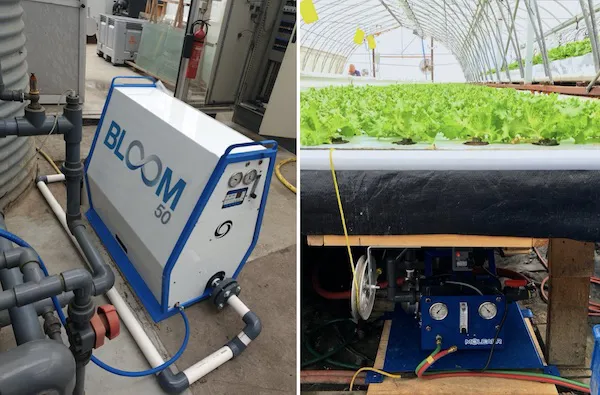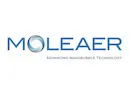Nanobubbles are very small vessels of gas that are created to remain stable in bulk solutions. When they are added to the irrigation water used in agriculture, they increase the oxygen levels in the water which helps promote the growth of crops. Moleaer is a nanobubble technology company that is now expanding into South America and applying the technology to outdoor crops.

Expansion into South America
Warren Russell, the co-founder of Moleaer, explains: “Our presence in North America and Europe, currently, is mostly focused on horticulture. We started by focusing on conventional hydroponic crops like leafy greens, lettuce, and herbs, and from there we expanded into cucumbers, tomatoes, and peppers. The technology can be applied to high tech greenhouses but can also be applied to outdoor crops. This is what the focus will be on now that we are expanding into Latin America.”
Moleaer has partnered with Kapicua, an agricultural technology company with a presence in both Chile and in Peru. Russell explains: “The company is made up of a group of agronomists who have a vast background in agronomy. They were running trials and found the value of oxygenation with nanobubbles for crops like blueberries and grapes. They quickly found out how to apply the technology on outdoor crops and how to derive the benefits from this. We are realizing there is much potential for outdoor crops grown in soil and that the use of nanobubbles can be very beneficial for growers of these crops.”

Nanobubbles help optimize crops
The nanobubbles are approximately 2,500 times smaller than a grain of salt and due to their size, they have a negative surface charge. “This means that the bubbles won’t coalesce, but rather remain as separate bubbles. This brings more stability to a solution. Besides just being able to increase the gas-holding potential of a liquid with this technology, there are also inherent properties from the bubbles themselves that go beyond the value of the gas,” Russell explains.
“Looking at the water treatments in horticulture, in general, this method improves the quality of the water and increases the amount of oxygen in a solution. The water is cleansed in a sustainable, non-chemical manner. The increased oxygenation of the water also helps promote the growth of beneficial aerobic organisms, while suppressing the growth of more harmful anaerobic organism that cause issues for the growers,” Russell says.
The value of the nanobubbles depends on the crop and on the grower. “In many cases, we see growth potentiation, optimization of nutrient uptake and more pronounced vegetative growth in plants. For some crops this means that you reach your harvest weight earlier, anywhere from 10-20% earlier. For some crops, we see an increase in the yields – for blueberries for example, we found that the fruit size was larger and the fruit had a better grade when the nanobubbles were used. So, it’s a broad spectrum of benefits that are offered by this technology.”
“We are really excited to be expanding our technology into Latin America. In Chile alone, the sheer amount of acreage being used for agriculture is enormous and through the use of our technology this ground can be optimized, increasing the profits for the growers as well as increasing the available food supply throughout the world,” Russell concludes.
 For more information:
For more information:
Justin Kaiser
Moleaer
Tel: +1 (604) 558-1656
Email: moleaer@yulupr.com
www.moleaer.com
